When it comes to visual and audio sensations, horror is one of the most unusual genres. Over time, the genre has evolved more than any other, extending the subcategories within it.
Today, a great horror film is one that delves deeply into its characters while sparingly employing ghosts. Actual spirits, memories, or a multitude of emotions haunting someone might all be considered “ghosts.”
When we consider about films that have earned their place on the list of great horror films, many names come to mind. Ari Aster’s Hereditary, Robert Eggers’The Witch, and Guillermo del Toro’s gothic romance Crimson Peak are just a few of them. However, we have missed certain hidden gems that have been right under our noses the entire time due to our preoccupation with American culture and media.
Today, we’ve compiled a list of our favourite international horror films that have successfully frightened audiences.
The Platform (2019)
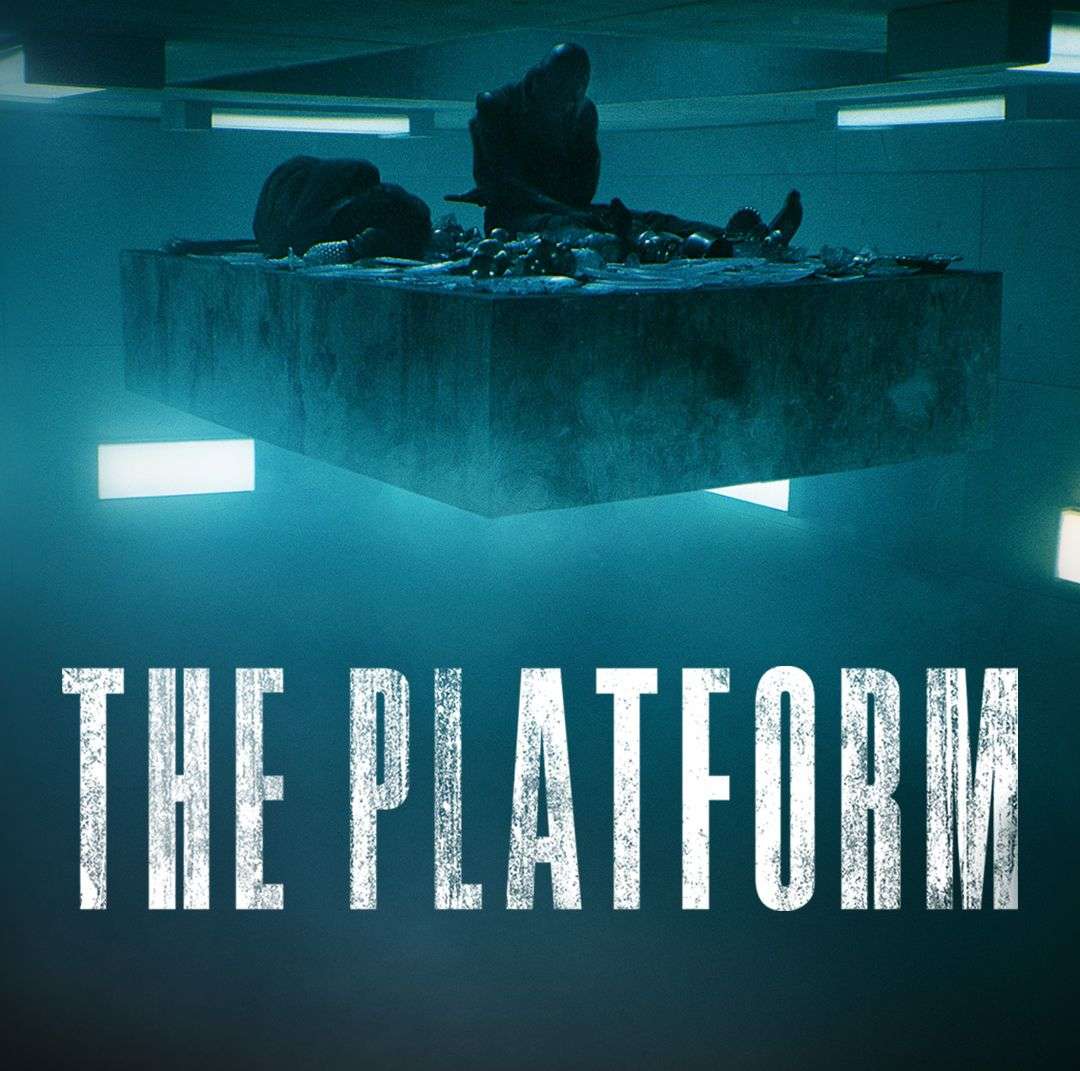
This Spanish film, directed by Galder Gaztelu-Urrutia, is a science fiction horror thriller with a social criticism. It narrates the storey of Goreng, a young man who awakens in the number 48 cell. He approaches his roommate Trimagasi for further details on their living circumstances after learning that he is currently in a Self-Management Centre called The Pit.
Throughout the video, certain alarming truths regarding a “platform” that descends downwards from the top, halting on each floor, are revealed. This platform carries food on it and naturally, by the time those on the top floors are done eating as much as they want, there is nothing left for those at the bottom.
This leads the prisoners to do some horrible things like cannibalise each other, as Trimagasi confesses to Goreng himself. Every month, the floors are reshuffled and everyone is assigned a new one at random, however, the situation with the food shortage for those at the bottom remains the same.
Goreng faces many hurdles as he shifts from floor to floor. One day, he wakes up to find himself tied up and Trimagasi explaining to him how he can be used for food. Trimagasi gets attacked and killed by Miharu, a woman who has been travelling downwards from one floor to the next in search of her lost daughter.
Goreng is saved physically, but his mind is tortured as he continues to be haunted by visions of Trimagasi. Goreng subsequently has another roommate named Imoguiri for a while, but she hangs herself after being unable to withstand the pain, leaving Goreng with even more trauma.
His last roommate, Baharat, decides to deliver a message to the people on top, informing them of how their greed has resulted in the deaths of many people on the floors below. Goreng, Baharat, and Miharu leave the food on the platform unattended and carry it all the way to the bottom, ensuring that no one else eats it.
On the way, they end up fighting many and Miharu loses her life in the process, but they finally make it to what they think is the bottom. Here, they find Miharu’s lost daughter, terrified, hungry and alone.
The ending of the film sends out an important message, but only viewers decide how important it really is. Although Baharat dies, Goreng decides to stay with the girl till the platform goes back up so that he may deliver the “message”. The girl, left on the bottom, would serve as a stronger example than uneaten food.
Trimagasi’s ghost, on the other hand, warns Goreng that “the message requires no bearer,” prompting him to exit the platform and let the girl to ascend alone. The true ending is determined by how one wishes to view society or how they wish for it to be.
This was said by the film’s director as well. For the cynics, the “message” may not have reached the intended recipients, or worse, may not have made a difference. The small child, on the other hand, may have made all the difference for the more hopeful audience. Goreng would have found peace in death, and his efforts would have yielded results.
The film’s use of horror to showcase the very real class struggles the world has faced for centuries and continues to, is what makes it especially brilliant. In most horror films, we end up rooting for the main character, we hope they make it out and get the best possible ending to their story, having gotten rid of all their ghosts and demons.
However, this is not the case in The Platform. The protagonist foregoes his happy ending in favour of something much greater. Finally, he accepts Trimagasi’s ghost and freely travels to it, pleased with the belief that his message would be heard. It is up to the viewer to decide if it does or not.
Funny Games (1997)
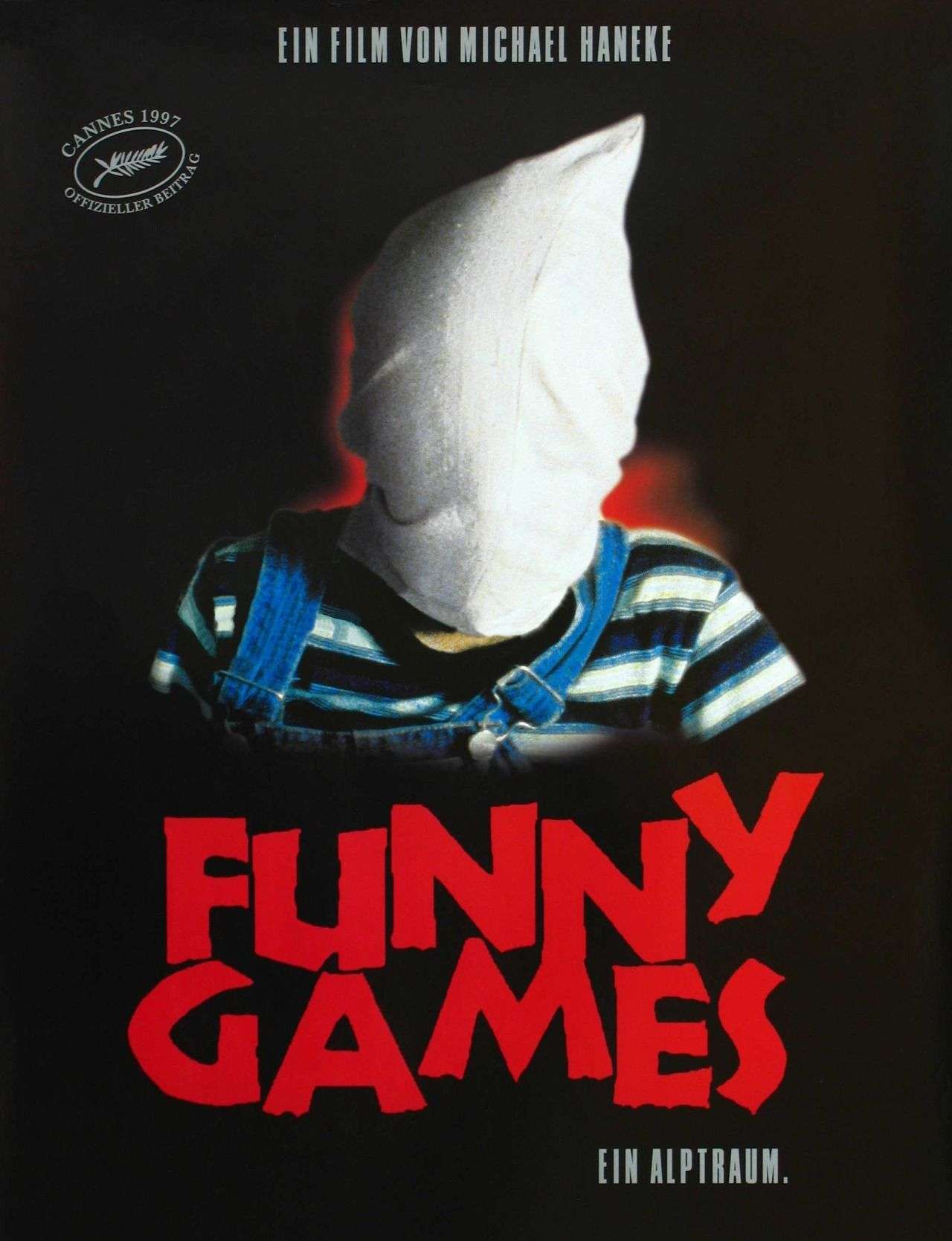
This film features a plot that many people will recognise because it was recreated in America many years after its original Austrian premiere. Georg, his wife, Anna, and their son, Georgie, arrive at a vacation home with their dog in the film.
Their stay-cation quickly turns into a nightmare when two men, Paul and Peter, arrive at their door asking for eggs. They use this as pretence to kill the dog and kidnap the entire family. Following that, the family is tortured repeatedly as the two guys force them to participate in a series of nasty games that they do not want to be a part of.
With all three of them hurt pretty badly, they feel exhausted and almost ready to give up. The two men never explain why they have chosen Georg’s family for their torture and during one of their games, even end up shooting little Georgie dead.
Although the parents mourn for their son, they resolve to “win” this game and somehow, Anna grabs the shotgun and uses it to kill Peter. In a weird turn of events, Paul breaks the fourth wall, uses the TV remote to rewind the recently occurred incidents, kills Georg and ties up Anna before she can pull any stunts. After this, Peter and Paul throw her off a boat while she is still bound, drowning her.
The film ends with Paul and Peter heading over to Georg’s neighbour’s house. As Eva opens the door to their knocking, the two men ask if they could borrow some eggs. Aside from the obvious themes of sadness and suspense, the film has a unique twist on a typical hostage situation.
Despite the fact that Paul is the film’s main adversary, he is also the most central character because he is the only one who interacts with the audience. Despite the fact that he breaks the fourth wall throughout the film, the audience is taken aback when he uses the same technique to undo Peter’s death.
Funny Games’ director Michael Haneke has claimed that his purpose was to make a film that reflects on the industry’s need to create mindless films with too much violence just for the shock value.
Paul, who is clearly worried that the picture will turn out as a classic movie should, defies the rules all the time. At the end of the day, the film is sadistic not because of the games Paul and Peter play with Georg’s family, but because of the way Paul misleads the viewer and essentially “cheats” them out of a happy ending only to make a point.
The Devil’s Backbone (2001)
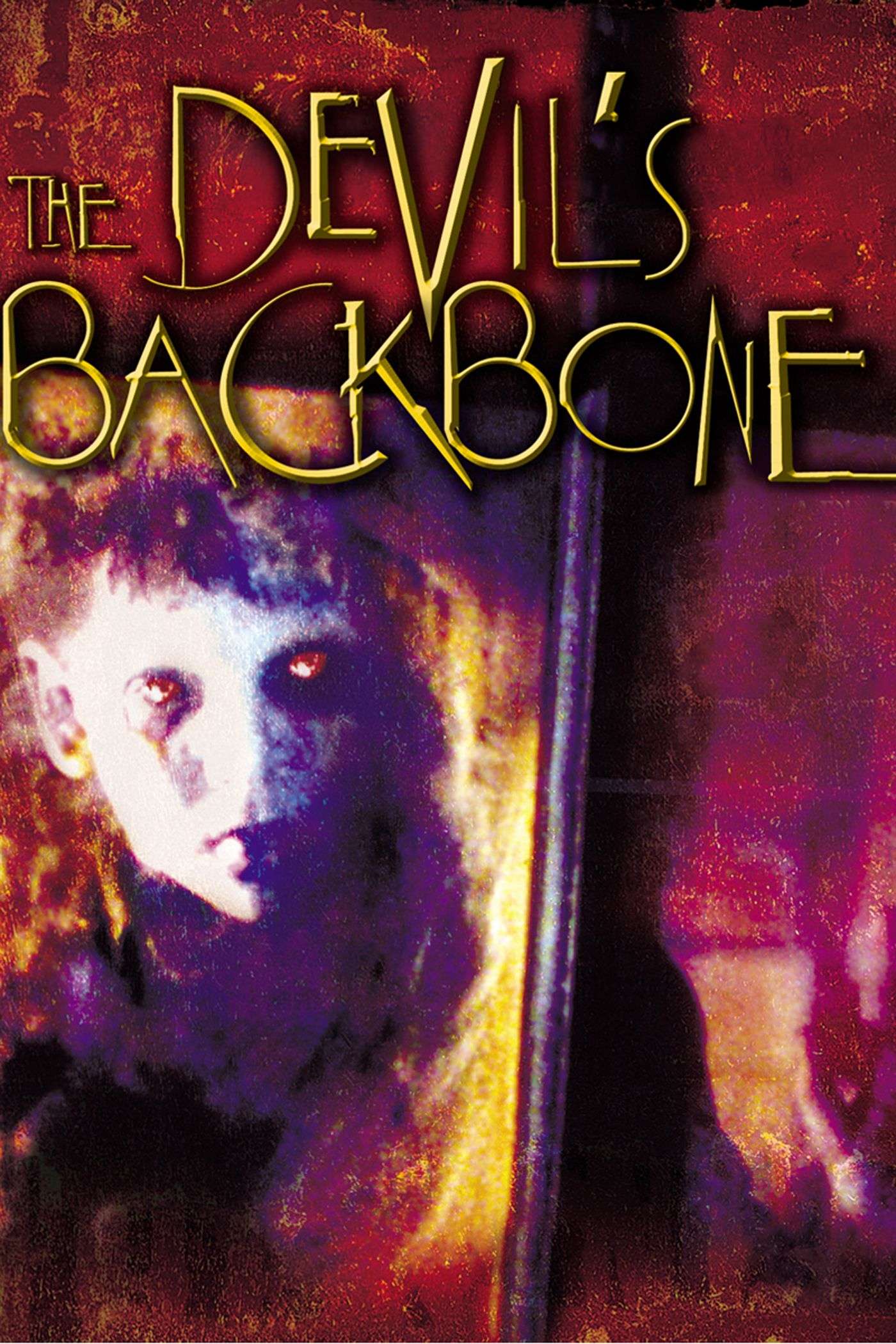
The Devil’s Backbone, directed by Guillermo del Toro and released in 2001, is a gothic horror film set during the final year of the Spanish Civil War (1939). This film adopts a unique approach in which the living, rather than the ghosts, are the antagonists. We’re reminded of William Golding’s gruesome story Lord of the Flies by the ending.
While the civil war rages on, the story opens in an orphanage maintained by Dr. Casares and his wife Carmen on the outskirts of a Spanish town. Despite the fact that they have the best of intentions for the children they take in, they have their own secrets.
The couple has a hidden stash of gold somewhere in the orphanage that they use to help back the Republican treasury. The orphanage was also subject to a bomb attack not long ago, but having been diffused before it could explode, the bomb just sits lodged in the dirt behind the orphanage.
Two of the children living on the premises, Jaime and Carlos always act a little strange and although no explanation is given regarding Jaime’s behaviour, we know Carlos is distressed because of the apparitions he keeps seeing and the voices he hears that make no sense.
Jacinto, the groundskeeper can be seen having an affair with Carmen, but it is soon clear that his motive is to get to the gold. As the owners prepare to vacate the premises, afraid of the nationalists showing up looking for the gold, Jacinto makes it especially difficult for them by setting everything on fire.
Both Dr Casares and Carmen get killed and Jacinto finds the gold in Carmen’s prosthetic leg. Meanwhile, Jaime opens up about his past to Carlos and tells him about the death of his friend Santi.
Carlos is shocked to learn that Jacinto murdered Santi after the latter spotted him searching for gold late one night, and some of the things he’d been seeing and hearing begin to make sense. Santi’s ghost appears to both Carlos and Jaime, ordering them to bring Jacinto to him.
They find a way to corner the groundskeeper, stab him and throw him into the very same cistern where he had dumped Santi. While struggling to swim up due to the gold’s weight, Jacinto gets pulled into the abyss by Santi’s ghost and Carlos and Jaime walk away from the broken-down orphanage.
As the two boys go away, Dr Casares’ ghost observes them, and this is where we return to Lord of the Flies’ tragic denouement. Although the little boys stranded on an island are eventually rescued, the sad part is that they will be returning to a world where there is no peace.
Golding’s book was also set during a period of war (specifically, World War I), and although the little boys stranded on an island are eventually rescued, the sad part is that they will be returning to a world where there is no peace.
So even if it may seem like in the midst of all the killing and all the chaos, the ones who survived were saved, the truth is that their battles are only beginning and in all probability the young boys in The Devil’s Backbone as well as Lord of the Flies will be given no choice by their nations but to become soldiers and put their lives on the line again.
Satan’s Slaves (2017)
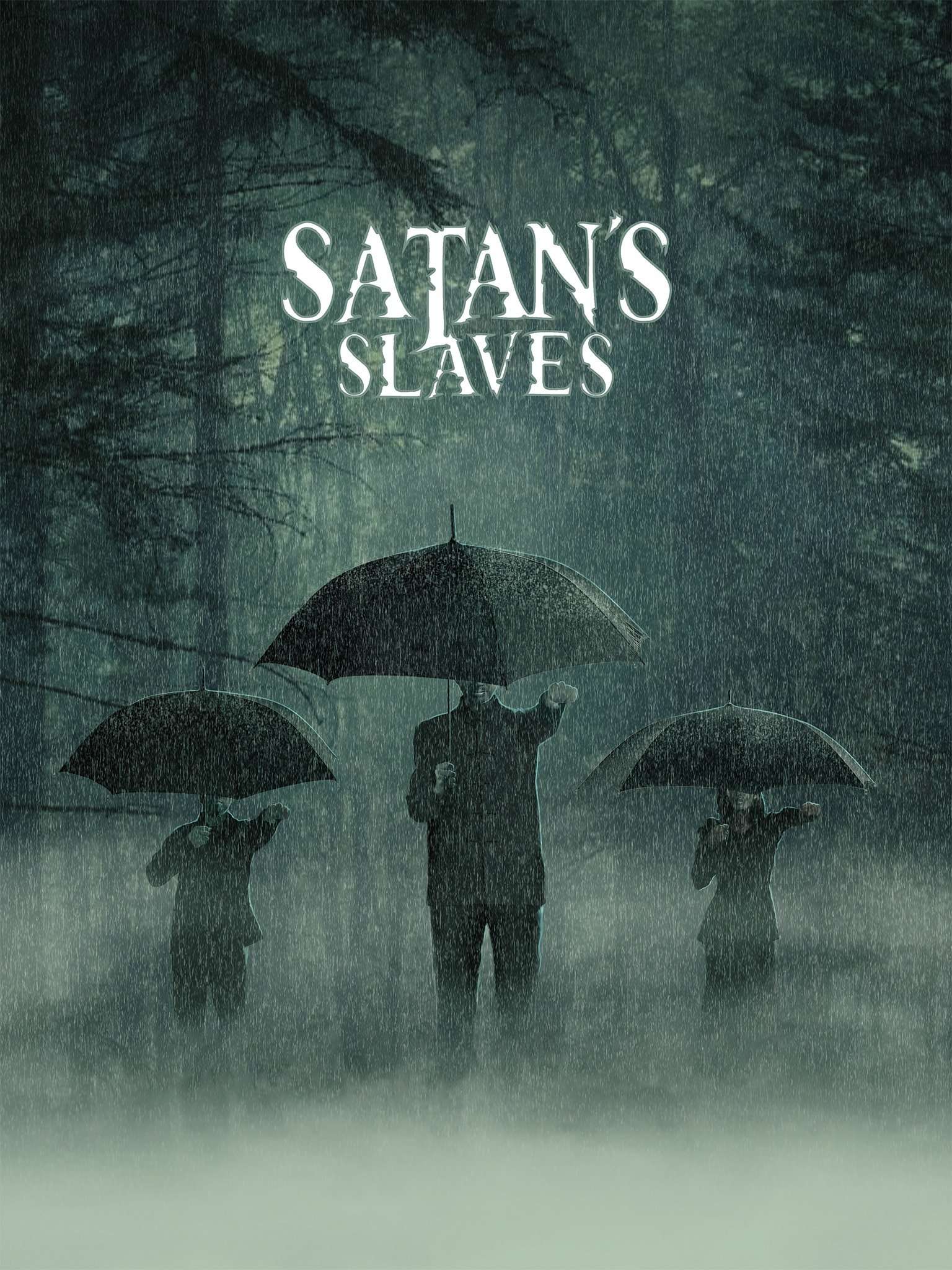
Joko Anwar wrote and directed this picture, which is loosely a precursor to Sisworo Gautama’s 1980 film of the same name. It is, however, possible to view it without having seen the prior film. It depicts the life of a seven-member family living on the outskirts of Jakarta in 1981.
The family is destitute, and odd happenings begin to occur around the house after the unexpected and bizarre death of the mother, Mawarni. The kids start seeing Mawarni-like figures all throughout the house, but they’re convinced it’s someone else impersonating their mother.
It is from him that they learn how Rahma was opposed to her son, Bahri marrying Mawarni as she was in the showbiz, which is not considered a respectful profession, and was thought to be infertile.
Connecting the dots, the children find to their horror that their mother was a part of a Satanic cult where she made deals with the devil in order to have her children. Unfortunately for them, this came with the condition that the youngest child, Ian be sacrificed to Satan before he turns seven.
As if this was not hard enough, they even find out that their mother was not impregnated by Bahri at all, instead all her children were conceived by her with different members of the cult. As Ian’s birthday approaches, the family prepares to protect him at all costs just until he turns seven.
Poltergeists appear all around the house and Mawarni’sundead corpse haunts Bahri while the eldest daughter Rini learns a horrific truth. The youngest child is not who they must sacrifice to Satan, rather he is Satan’s spawn himself.
Ian rises, as if possessed, uses his undead mother and the other poltergeists to attack the rest of the family, but Rahma’s ghost arrives to buy them some time to escape. The night comes to an end and Bahri, Rini and her two brothers are seen years later living in separate flats elsewhere.
They are visited by their next-door neighbour, who always gives them food; however, as the film progresses, it is revealed that the next-door neighbour is none other than Darminah, the villain from the 1980 film.
Satan’s Slaves lives up to its name and are the ideal film to see if you want to be terrified out of your mind by pure terror. The film does not appear to contain any hidden lessons, other than the fact that joining a cult to obtain something one desires is not a good idea.
Under the Shadow (2016)
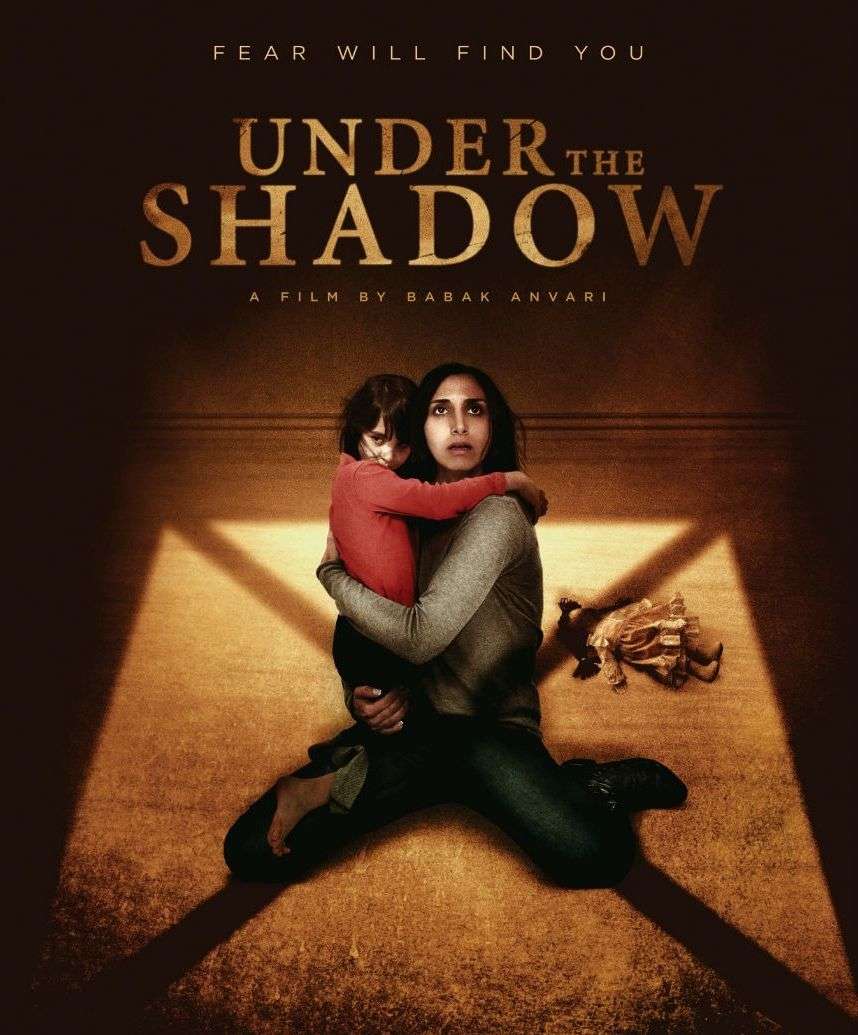
This hidden gem of a film chronicles the narrative of a mother and daughter during the War of the Cities in Tehran. You will be astounded by how wonderfully this Persian film has been executed, given it is Babak Anvari’s directorial debut.
Shideh, an unemployed mother and former medical student, refuses to take her daughter Dorsa and stay with her in-laws after her husband Iraj is called to serve his country during the conflict.
The area where they live is considered a missile hotspot, and exactly what Iraj feared happens when a missile hits Shideh’s building and lands on the flat directly above her, causing damage to her living room ceiling.
Fortunately, the missile turns out to be faulty and never explodes and as a temporary solution, workers cover the open roof of the top floor apartment with a waterproof roof cover. It soon becomes clear that something sinister came along with the missile as Shideh’s daughter starts acting strange and claiming that they are not alone in their house.
When things start going from bad to worse, Shideh has nightmares more frequently and soon starts seeing the scary things from her dreams in real life. Their upstairs neighbour informs Shideh that this is the work of a Djinn, a supernatural creature of malevolence from Islamic mythology.
The war situation, however, continues to worsen, prompting the building’s inhabitants to leave one by one, finally leaving Dorsa and Shideh alone. Shideh is convinced by the Djinn hypothesis when she sees a garment floating around in a person’s humiliation and tries to flee with Dorsa to her in-laws’.
An air-raid alarm sounds just as they are ready to depart, forcing the two to seek safety in the basement. Here, a series of unfortunate events unfold, causing Dorsa to almost get taken away by the spirits, but Shideh somehow saves her daughter and drives away to her in-laws’ house.
The film ends with glimpses of Dorsa’s favourite doll, whose head has been torn off, left behind along with Shideh’s medical book gifted to her by her deceased mother. The artefacts were sentimental to both mother and daughter, and their presence in the building demonstrates that, despite their escape, the Djinn still retains control over them.
The film’s camera work and nearly non-existent background music make it particularly difficult to watch without becoming terrified. It is also a reflection on how much trauma and identity crisis people face in times of war as their homes get destroyed and/or haunted by traumatic events.
Evolution (2015)
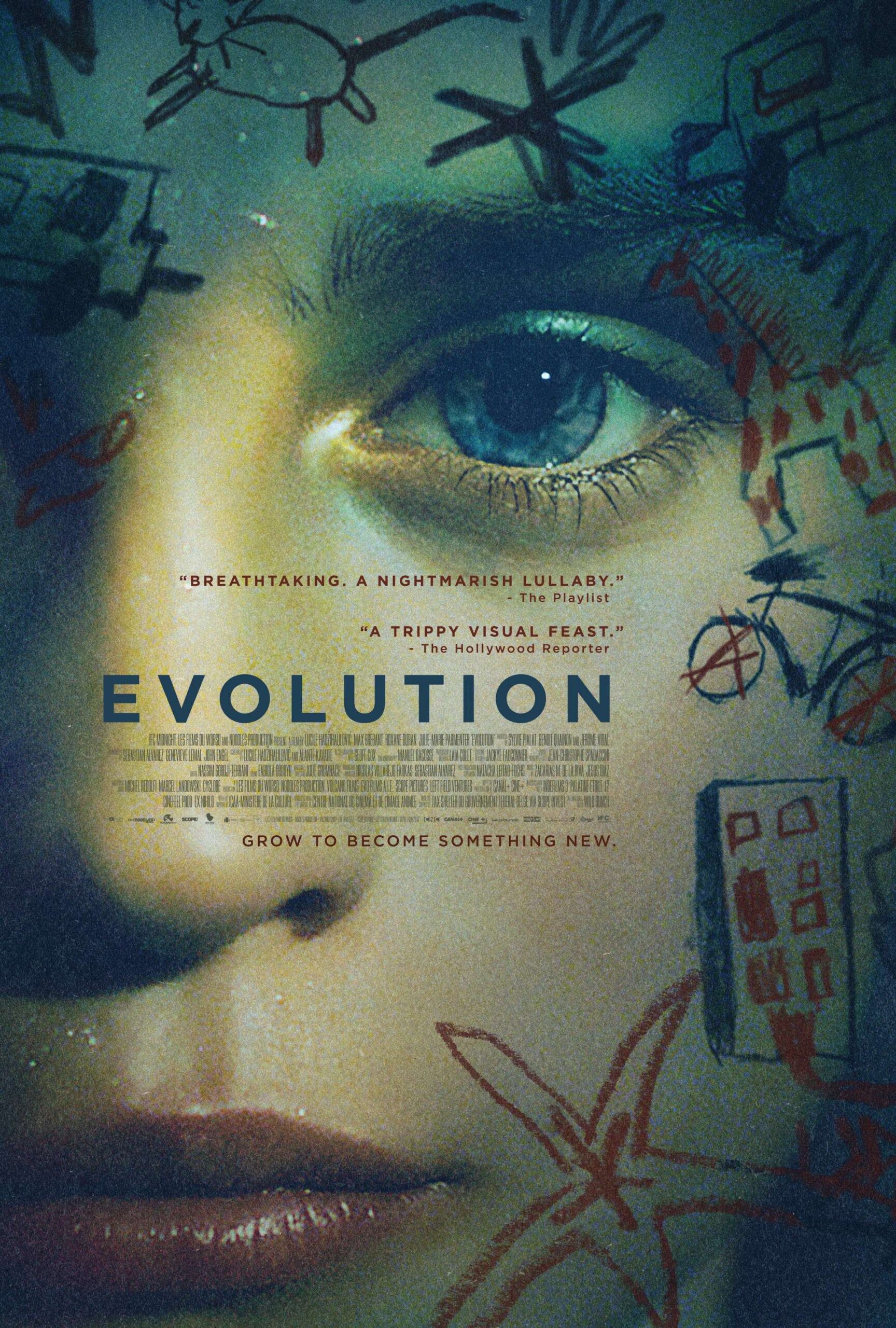
This French horror film, directed by Lucile Hadihalilovi (0.20-0.22), was published in 2015 and has since received an optimistic 83 percent Rotten Tomatoes rating. This strange film follows Nicolas, a little kid who lives with his mother in a beach community.
He informs his mother after seeing a dead body in the ocean with a starfish sticking to it, but she discovers nothing except fish in the water. Things start to get strange, almost unnatural, when he sees his mother, along with the other women and nurses in the hamlet, nude and worshipping in the mud one night, as if they were a cult.
Soon, Nicolas gets admitted in a hospital where the nurses are happy to inform the mother that there is a foetus in him. A small creature is taken out of an incision made along Nicolas’ abdomen.
Nicolas strikes up a friendship with one of the nurses named Stella who sneaks him colours and drawing books. It is clear from his drawings of motorcycles and giraffes and other things that clearly cannot be seen on the island that Nicolas has actually been kidnapped from the city by his “mother”.
Finally, one night, Stella takes Nicolas to the ocean and presses her mouth against his before entering the water so as to give him air and not let him drown. When the two emerge out of water, they have reached the banks of the ocean near an urban city. Stella leaves him there and goes back into the water, implying that she was probably a mermaid and used her abilities to save Nicolas.
Given that most women on the island had sucking creatures attached to their backs, it is possible that like starfish, they reproduce asexually. It makes sense as there seem to be no male adults present either. Despite this, the women chose to capture Nicolas rather than have their own humanoid offspring.
To achieve an unsettling impression, the producers picked little boys to “impregnate.” We witness films about female youngsters being exposed to various forms of inhumane torment, such as rape and murder, and they are all merely depicting reality.
Teenage pregnancy is another issue that arises as a result of this, and the girls, in most cases, have little choice but to live with the trauma. In Evolution, the tables are turned, and the boys are the ones who are abused.
Even then, there is no rape or torture of any kind involved, the nurses try to do everything as medically as possible, with the sole aim of keeping their humanoid race going. It is an odd way to tell a story and when the audience finds themselves questioning “why didn’t they just use grown women to impregnate them”, they have their answer.
People have become so used to atrocities against women that they believe it would be more “natural” to see a girl raped and impregnated against her will than to surgically implant a starfish in a young boy. Without implying a “you should rather,” the correct audience will be able to criticise what happens to Nicolas and the lads.
Baskin (2015)
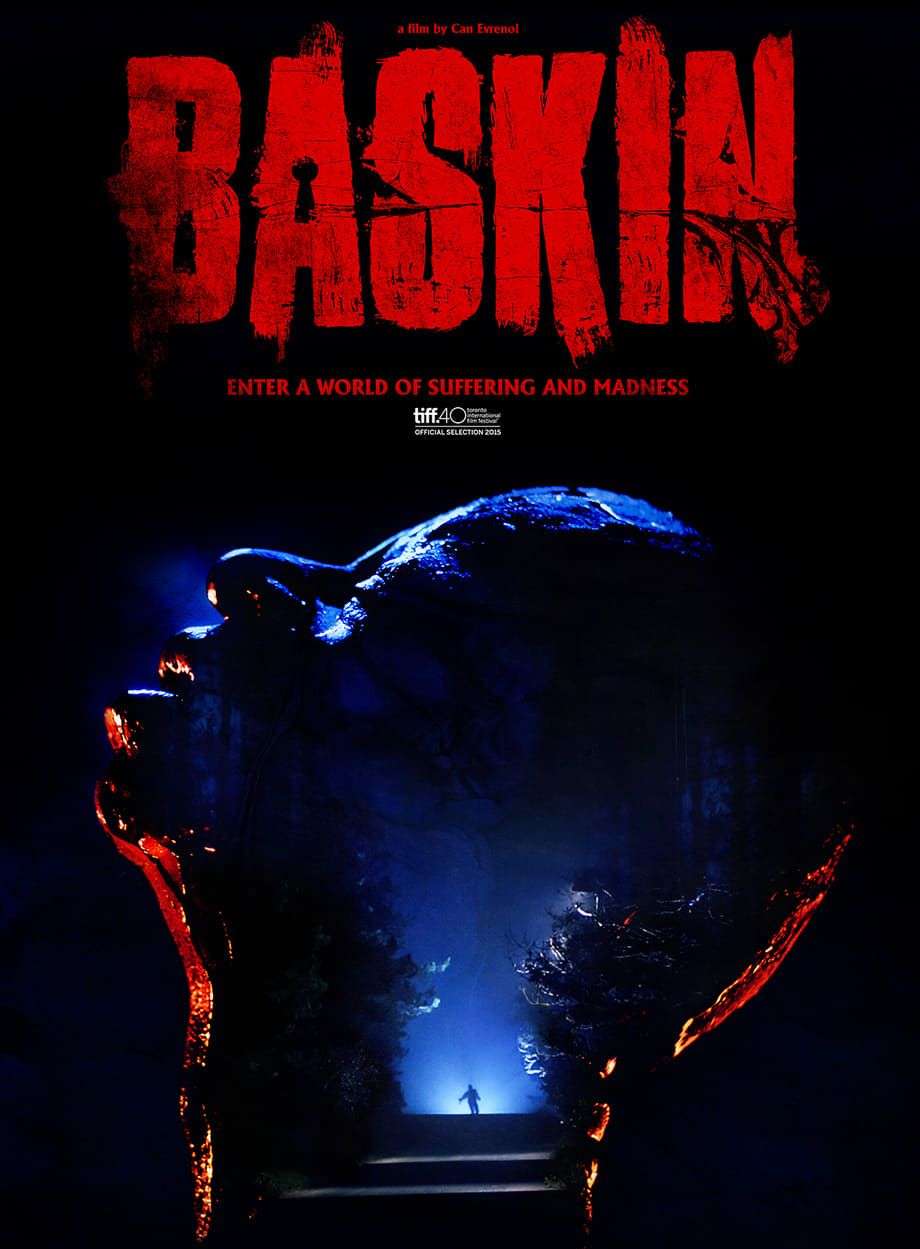
This Turkish surreal horror is directed by Can Evrenol and was his first feature picture. It is based on the 2013 short film of the same name. The picture is divided into several layers that alternate between truth and fantasy.
It follows a bunch of cops as they investigate a distress call, each of them is crooked in their own way. The officers end up in an abandoned structure due to a series of strange circumstances that do not appear random in retrospect. They are confronted with their own dark selves at this point.
Almost like watching one of Nolan’s mind-bending films, it is hard to keep up with what exactly is happening in the film as there is a lot that is left open to the audience’s interpretation.
Once in the building, the officers face off with a creepy cult. This cult continues to play mind games with the officers, breaking them from within and whispering metaphysical and philosophical sayings into their ears.
Sitting through this film almost feels like sitting through a bizarre dream you have surely had at least a couple times in your life. These nightmares are filled with words that will twist your brain and make you question your sanity and what is real. But it comes with a side of gore and violence as well.
It is probably best not to beat yourself up trying to make much sense out of where it might lead to as it ends with the protagonist stuck in that nightmare sequence forever due to a time loop. However, the best way to enjoy this film is to go with the flow and take things slowly.
Sit back and let your inner Freud take control as you let the bizarre mix of reality and dreams engulf you. Given that this is Evrenol’s first feature film and that it was such a tough film to direct, he deserves more credit than he has received. Few people can take a genre like this and make it both perplexing and understandable to the viewer.
[REC] (2007)
![[REC] (2007)](https://marvelousvideos.com/wp-content/uploads/2021/09/REC-2007.jpeg)
At least one found-footage film must be mentioned while discussing horror films. It only makes appropriate to honour this type of horror, which has given us classics like Paranormal Activity and The Blair Witch Project.
[REC], directed by Jaume Balagueró and Paco Plaza, is a Spanish film that premiered in 2007 and was followed by three sequels. The film follows reporter Angela and her cameraman Pablo as they cover the news of a building fire. Angela discovers the building has been cordoned off as the health department investigates the residents for a virus when she enters with three police officers.
This virus spreads a lot like those seen in zombie films and turns those infected into aggressive and ghoulish-looking flesh-eaters. As Angela tries to find a way out of the building before getting infected, the police officers accompanying her and Pablo get killed off one by one and both Angela and Pablo are left with no choice but to take temporary refuge in the penthouse of the building.
While there, they discover that the house belongs to someone from the Vatican who was tasked with bringing home a girl named Tristana as she carried an isolated enzyme within her. The agent was tasked with studying her and possibly healing her as those who are affected by this enzyme become victims of demonic possessions.
The enzyme, on the other hand, spread to the other occupants, and it’s probable that Tristana ate it. Angela picks up the camera as the lights go out and Pablo drops it to use its night vision to view what’s going on around her. Tristana is feeding on Pablo, and she is terrified, so she drops the camera.
A scared Angela is subsequently taken away into the darkness by Tristana, as captured by the fallen camera. The creators were astute in creating a zombie flick without really creating one.
Giving things an interesting change of pace, they introduce a virus that causes demonic possession rather than… whatever it is that happens to zombies. The sequels are not half bad to sit through but as is the case with most film follow-ups, their quality decreases with each release.
Inside (2007)
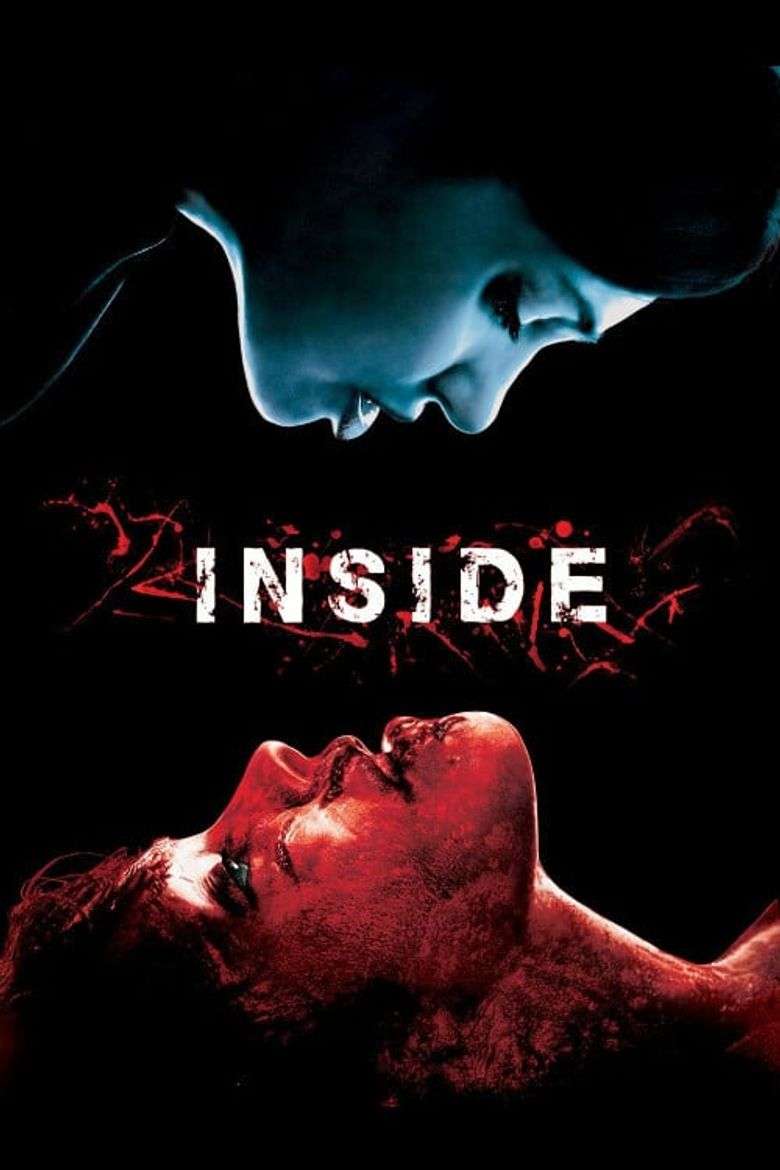
This French horror, directed by Julien Maury and Alexandre Bustillo, is a significant addition to our collection because it covers a classic type that we have yet to explore: slasher horror.
Sarah awaits the due date of her pregnant child, months after her husband died in a vehicle accident that she survived. She refuses to stay with her mother Louise after becoming more sad as a result of her pregnancy and the accident, and she pays a high price for it.
Sarah’s home is broken into by a stalker, despite her best efforts to keep her out. She declares that she will go to any length to obtain Sarah’s child. While Sarah’s colleague Jean and her mother arrive, the intruder manages to get them both killed.
Finally, the police arrive, as Sarah had earlier made a distress call and the intruder manages to shoot two of them and stab the other to death. When they get a moment’s silence, the intruder tells Sarah that it was her car that they collided with on the day of the accident and that killed the woman’s own unborn baby, making her determined to get Sarah’s as a replacement.
Soon, one of the officers who managed to survive gets back up and confusing Sarah as the intruder in the dark, hits her stomach with a club, inducing premature labour.
As Sarah struggles to give birth, the woman does not hesitate to cut open her stomach and take out the baby, killing Sarah. The film comes to an end as she sits with the newborn, rocking on a chair as Sarah lies on the stairs, lifeless. The protagonist in most films with a similar plot survives, usually by killing their stalker/intruder (cue Mike Flanagan’s Hush).
However, it appears that directors Maury and Bustillo have awoken and chosen violence. The film has no happy conclusion, unless you root for the stalker, and the only message it sends forth is one that is cynical to the core.
Koko-di Koko-da (2019)
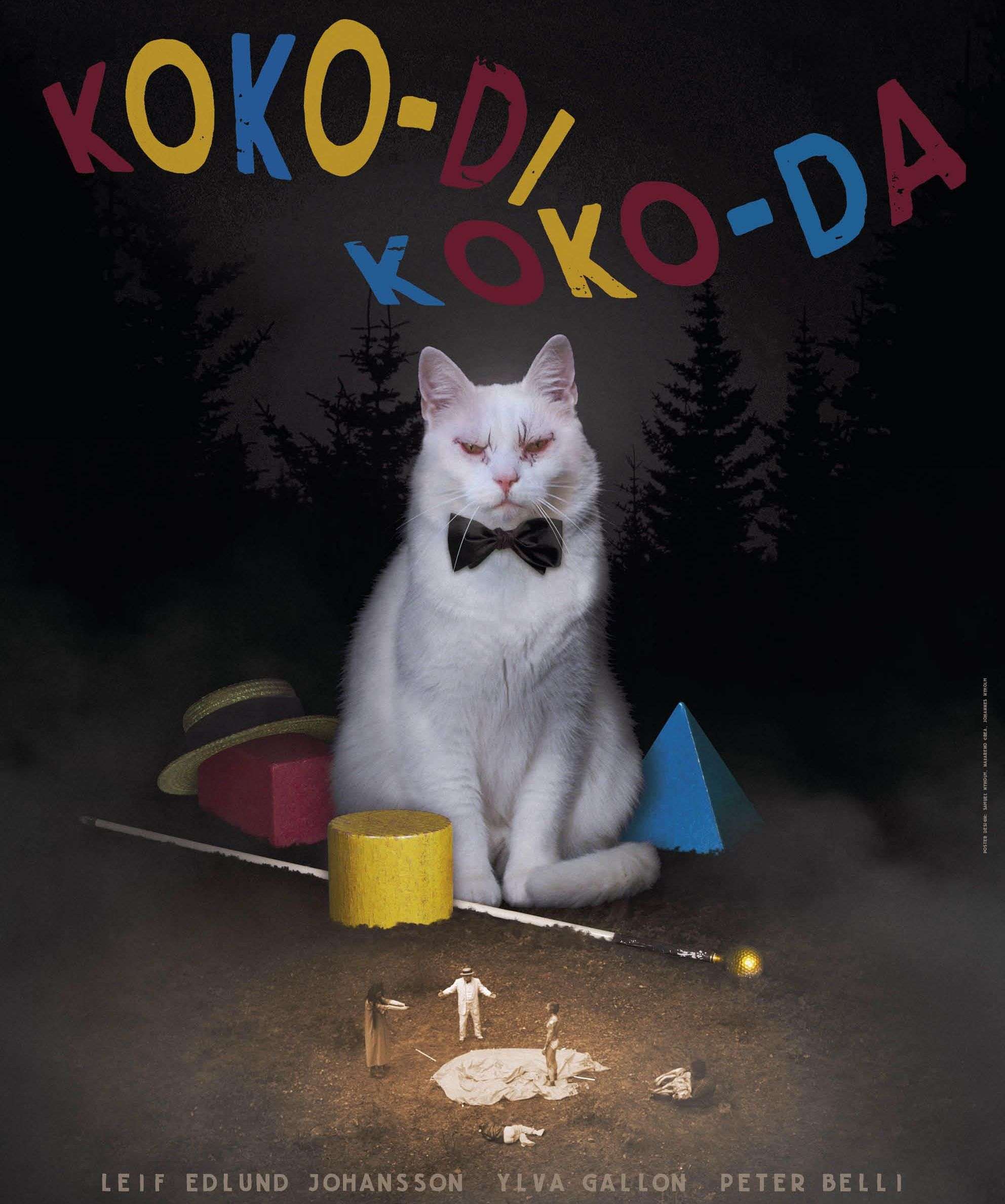
Koko-di Koko-da, directed by Johannes Nyholm (0.25 to 0.28) and dealing with themes of dark imagination and psychological terror, is another surrealist film on our list. Elin and Tobias, a Swedish couple, are dealing with the tragedy of their daughter Maja, who died in her sleep from shellfish poisoning.
The marriage is greatly affected by their bereavement, and they are on the verge of divorcing. They go on a camping trip in memory of Maja on her third death anniversary in an attempt to save their marriage, but they have no idea what awaits them.
While they are in the woods, they are suddenly haunted by nightmarish creatures that are only seen in children’s nursery rhymes. To add to their torture, an old man in a white suit continues to stalk the couple along with his Bull Terrier. Soon, they realise that their tortures are emerging from an unopened music box they had gifted Maja on her last birthday.
They end up getting stuck in a time loop, unable to outrun the horrors of the jungle. With each reset, the distance between Tobias and Elin widens as they increasingly lose their ability to communicate with one another effectively enough to cooperate and escape.
Tobias is nowhere to be found near the conclusion, leaving Elin alone. There’s no word on what happened to him, but it’s safe to presume he left Elin of his own volition. In yet another dream-like episode, Elin is whisked away to a residence that day.
Three rabbits perform a puppet show in that house about a three-person family and their anguish when they are reduced to two.
The horror of the film is not in the nursery rhyme creatures or the scary old dude, but within Tobias and Elin’s relationship. The couple was able to remain together happily when it was all rainbows and sunshine, but as soon as tragedy struck, they were clueless. They did not know how to communicate with each other or help each other through the grief that has obviously affected them both equally.
This was only a premonition of how their bond will never be strong enough to last. They were dogged by the same problem while in the forest, and thus could never break free from the time loop they were trapped in. They would have been pleased and probably even stronger than before if they had taken it as a second chance to renew their marriage by assisting each other through the dream sequence.
Climax (2018)

The French are known over the world for their romanticism, but as we near the end of our list, it’s evident that they’re no slouches when it comes to horror. Climax, the third French horror film on our list, comes in at #11. This film, directed by Gaspar Noé, plays with people’s mental health by employing mind-altering medications and making them doubt what is real and what isn’t.
A group of dancers attends an after-party where they all drink sangria, despite their pre-existing tensions and history. They begin to lose their heads soon after the drinking begins, claiming that the drink has been contaminated with LSD.
Each member of the group accuses another, while all of them struggle to keep up with their own personal hallucinations as well. With some people continuing their dancing, others beating up someone or themselves and the remaining involved in sexual activities, the film begins to appear as a true madhouse.
The next morning, police arrive to find all the dancers either dead or unconscious, except Lou . Although she had not had anything to drink because she was pregnant, being accused by many people of spiking the drink and beat up for it drove her insane and while the officers continue their investigation, Lou writhes on the snow outside the next morning, laughing uncontrollably.
The sight of the dancers’ partying school looks like a carnage scene, and the film finishes with Psyche, one of the dancers, pouring drops of narcotics into her eyes despite the fact that she appears to be unaffected. It’s unclear whether she drugged the drink herself or if the drink was spiked at all.
But, given that the dancers all had objectives for their actions, no matter how mad, it’s possible that they utilised the excuse of being high to do anything they wanted for one night only (cue: The Purge). What message the film tries to send across is something we are not sure of, but if you want a truly deranged and macabre film viewing experience, Climax is what you should pick for your next movie night.
I Saw the Devil (2010)
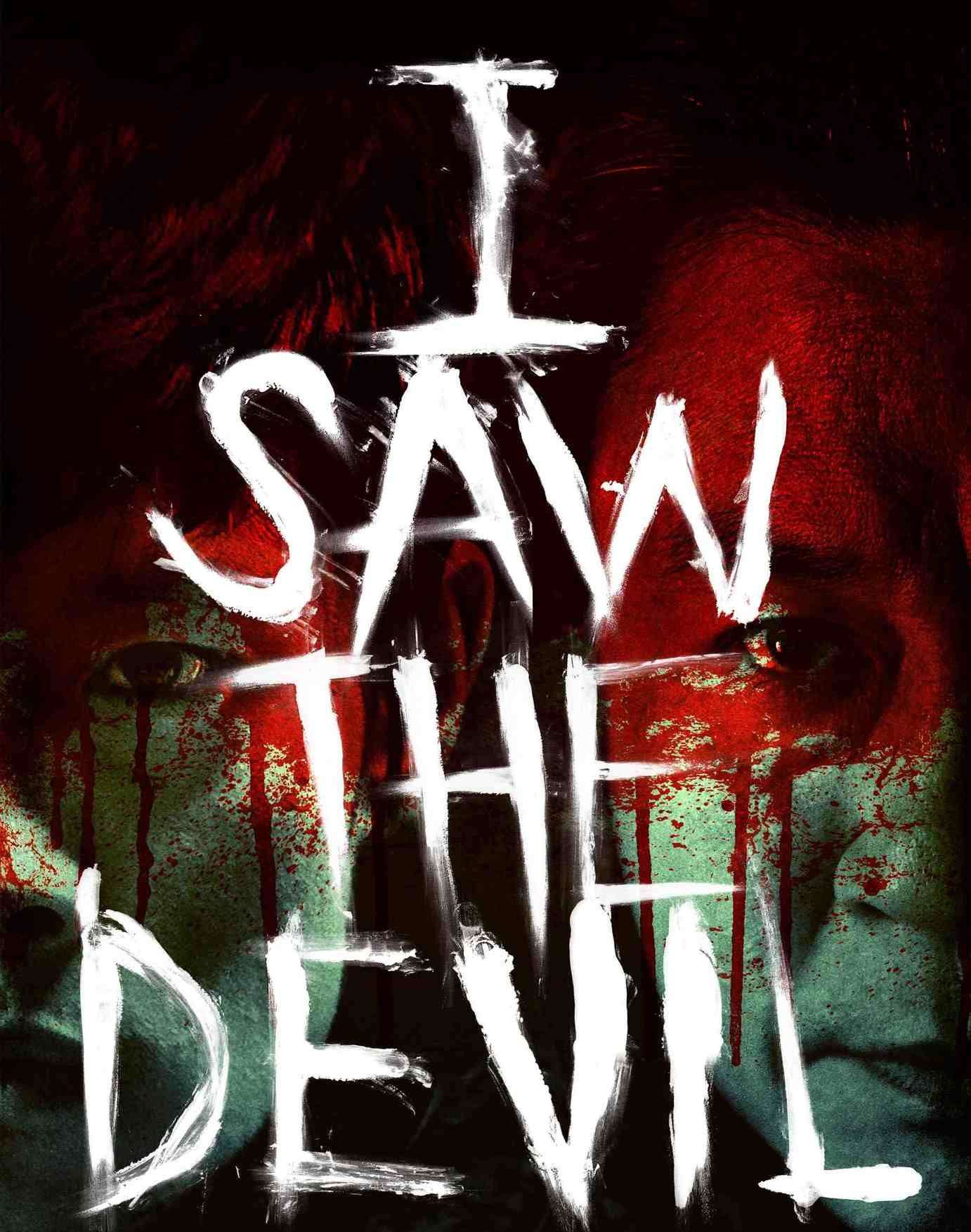
Last but not least on our list is Kim Jee-I woon’s Saw the Devil, a South Korean film directed by him. This action thriller follows Kim Soo-hyun as he embarks on a vengeance expedition against the serial killer who murdered his fiancée.
Soo-hyun, a member of the National Intelligence Service, finds the fiancée’s body parts spread across a nearby stream. He had two encounters with the killer Jang Kyung-chul, both of which involve the killer sexually assaulting someone. It was a schoolgirl the first time, and Kim let him go after installing a tracker on him. The second time, he slashes his Achilles tendon after the killer assaults a nurse and lets him go again.
After a long game of cat and mouse chase and many people dead along the way including the Chief of police, Soo-hyun finally kidnaps Kyung-chul and drives him to a warehouse. Here, he tortures him and places him under a makeshift guillotine similar to the one the killer had used to kill Soo-hyun’s fiancé.
Soo-hyun then leaves him there and calls his own son and elderly parents who he had cut off contact with since the fiancé’s death. When the family enters the warehouse, the guillotine that Soo-hyun had attached to the door is set off and Kyung-chul’s head rolls over to the feet of the son. Soo-hyun sits in his car, away from the warehouse, listening to the whole incident through his tracker and weeps for his dead lover.
Many individuals do not believe in the “eye for an eye” philosophy in real life, but cinema provides a safe environment for people to live vicariously via a character’s actions that they would never perform or even approve.
I Saw the Devil is an excellent example of this type of film. Regardless of how bizarre his methods were, the audience was pulling for Soo-hyun. This is fueled not just by his desire for vengeance, but also by Kyung-complete chul’s lack of remorse as he continues to violate, abuse, and murder as many people as he pleases.
